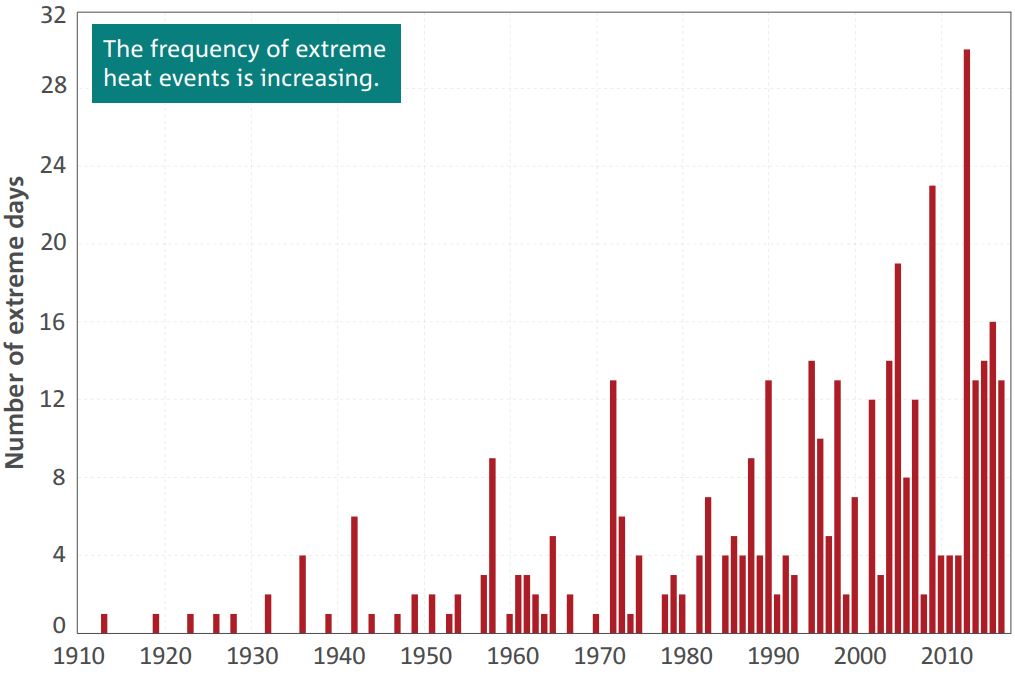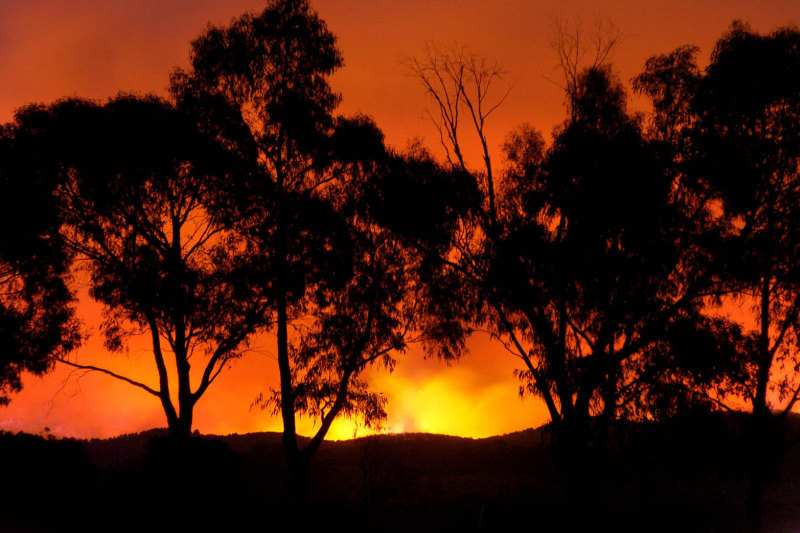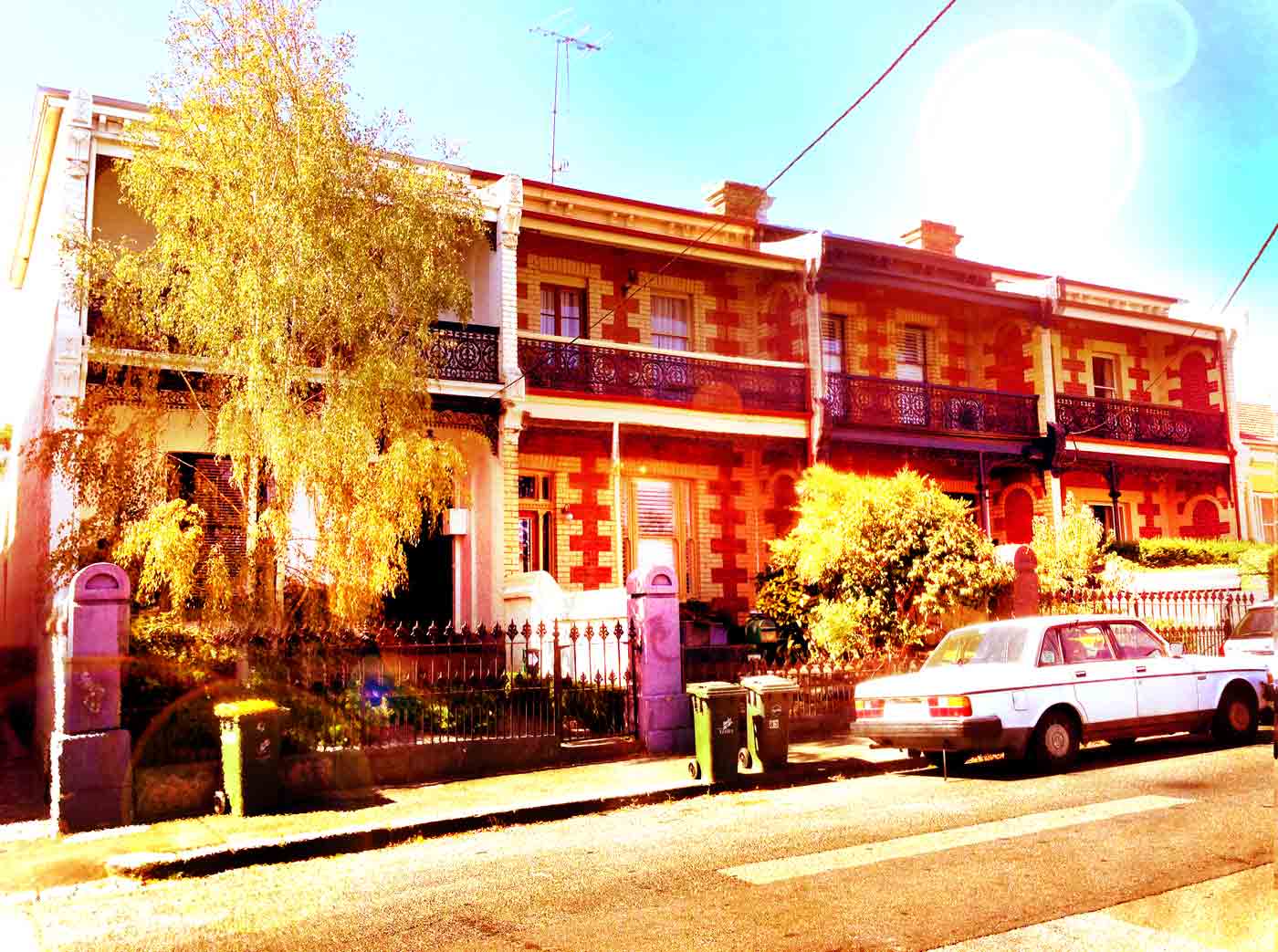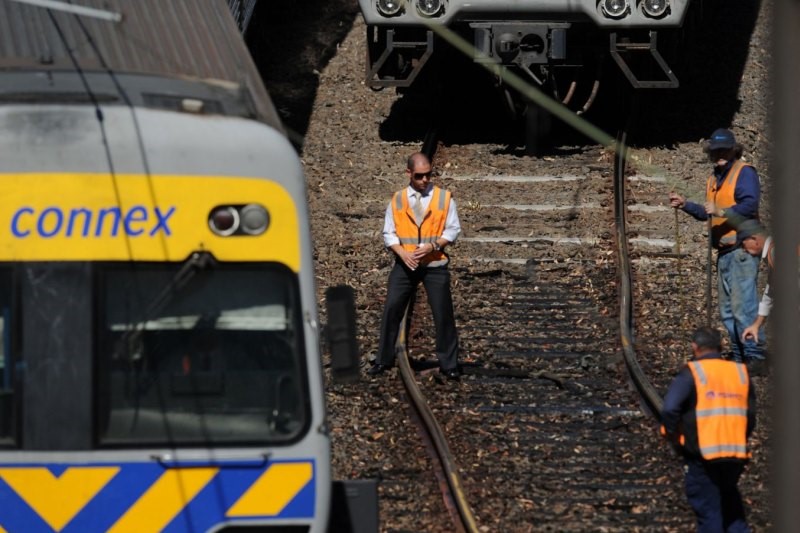The Age
New CSIRO climate change projections show Melbourne could feel more like north-eastern Victoria, where sustained heat is common, by the 2050s under a worst-case scenario.When companies mine and burn coal, oil or gas they release massive amounts of carbon dioxide and methane. These gasses are called ‘greenhouse gasses’ because they trap heat from the sun, and as they build up in our atmosphere it causes temperatures to rise and destabilises our climate. As a result of this damage, heatwaves are becoming hotter, longer and more frequent across Australia.
In Victoria, the two worst heatwaves on record have occurred in January/February 2009 and January 2014. But the records have continued to tumble since then.
In January 2018 Bendigo experienced a record breaking 12 consecutive days over 35°C (Breaking the previous record of eight days, set in 2014).
And January 2019 was Australia’s hottest-ever month on record, during which an extreme heatwave swept across Northern Victoria, and Albury-Wodonga set its highest ever recorded temperature of 45.3 degrees.
Australia’s Bureau of Meteorology defines a heatwave as three consecutive days and nights of above-average temperatures
These events are examples of the broader trend of increased temperatures, lower rainfall and an increase in extreme fire danger, which are predicted to worsen over coming decades as the climate emergency intensifies.

Extreme heat events are increasing across Australia. Source: BUREAU OF METEOROLOGY, 'STATE OF THE CLIMATE 2018', P.4
This will have a profound impact on our society, including our health, roads and railways, our food, our natural world, our power supply, and our economy. This increasing heat also combines with other long-term impacts like declining winter rainfall to supercharge bushfire risk.
Since 1990, winter rainfall in Victoria has been decreasing, already down almost 100mm on average since 1990.

Source: Victoria’s Climate Science Report 2019 p.30 (link at bottom of article)
Projections for the future
The future we get depends on the choices we make now.
The latest projections from the CSIRO show that, under a worst-case scenario where heat-trapping carbon and methane emission are not cut rapidly, Melbourne could feel more like north-eastern Victoria (e.g. Wangaratta) by the 2050s, and Melbourne could see an unprecedented 50 degree day within decades.

Victoria’s ‘Climate Science Report 2019’ maps out what this scenario looks like for other towns and cities across the state.

Source: Victoria's Climate Science Report 2018, p.33
These projections paint a picture of a world we should try desperately to avoid and we can only do that by cutting carbon dioxide and methane pollution as quickly as possible.
Impacts on Human Health
Extreme heat is a serious health risk. Heat stroke, exhaustion, cardiac conditions, respiratory illnesses, and falls due to dehydration place an immense strain on our emergency services. So much so that heatwaves are actually responsible for more deaths each year than any other type of disaster, including bushfires.
For example, in the lead-up to Black Saturday in 2009, 374 Victorians were killed by exposure to extreme temperatures during the heatwave. There was also a 46% increase in emergency cases at hospitals across the state, including a 2.8-fold increase in cardiac arrest cases.
ABC
Heatwaves are Australia's deadliest natural hazard, but a recent survey has found that many vulnerable people do not have plans to cope with extreme heat.The young, sick, elderly are particularly vulnerable. And the problem is made worse by the fact that Melbourne’s housing is very poor quality and not properly designed to cope with these increasing extremes.

Environment Victoria
Heatwaves are deadly and the poor quality of Melbourne’s housing is an urgent health issue. There’s no time to lose in making our homes more climate resilient.Impacts on power supply
Our electricity grid infrastructure, especially ageing coal power stations, are vulnerable to faults and breakdowns in the heat.
As our damaged climate results in longer and hotter heatwaves, coal power stations are getting critically hot more often. “When temperatures in control rooms get as high as 50 or 60 degrees,” writes Peter Martin in The Age, “the electronic control systems buckle and the boilers leak.”
The Australia Institute report Can’t Stand the Heat notes that Australia’s aging coal and gas fleet is not designed to operate in extreme weather conditions.
For example during the February 2017 heatwave, 3600 megawatts (MW) failed during peak demand periods in South Australia, New South Wales and Queensland, equivalent to 14 percent of available coal and gas generation in those states.
The NSW Energy Security Taskforce drew similar conclusions, flagging that “large coal thermal plants generally will not perform as well in extreme hot weather and can also have output limited by environmental constraints, for example, cooling pond temperature limits.”
Victoria’s old brown coal power stations in particular have serious reliability issues, for example in the summer of 2017/18 Loy Yang failed six times in three weeks.
IMPACTS ON TRANSPORT
Heatwaves can cause havoc for our roads and railways, which are unable to cope with these increasing extremes.
In January 2018 a 10km section of the Hume freeway literally melted. And extreme temperatures can cause train tracks to buckle, overhead power lines to sag, and motors to overheat, meaning trains need to either go very slowly or they can’t run at all.

Extreme temperatures can cause train tracks to buckle, causing chaos for the whole system.
Impact on nature
Extreme heat can be devastating for native wildlife. From mass fish kills in the Murray-Darling, to thousands of flying foxes dropping dead from the trees and possums driven to drink seawater out of extreme thirst.
This is especially so for animals like Flying Fixes who can’t sweat, and rely on dipping their bellies in the water as they fly to keep cool, or birds like the threatened Hooded Plover that nest on the beach and tries to keep their chicks cool by dipping their wings in the water and using them to provide shade.
You can help by leaving some water out in a shady spot for so native animals can have a drink when extreme temperatures are forecast.

Rescuers found 127 ringtail possums along the shoreline and in the water on Victoria’s Mornington Peninsula after they succumbed to extreme heat.
a key solution
Addressing the climate crisis will require a wide range of solutions. But when it comes to heatwaves there is one simple strategy that ticks all the boxes.
Improving the energy efficiency of Victoria’s housing can (a) reduce emissions, (b) keep people more comfortable and (c) lower power bills.
But right now Victoria’s housing is generally of a very poor standard. Many Victorians, especially renters, are unable to stay cool in their own homes because they are poorly insulated and they cannot afford to cool them with air-conditioning.
Better insulation, draught-proofing and other simple and affordable solutions can make a huge difference. That’s why Environment Victoria has been working as part of the One Million Homes Alliance to advocate for solutions.
You can read more about our successful and ongoing work on energy efficiency for rental properties here.